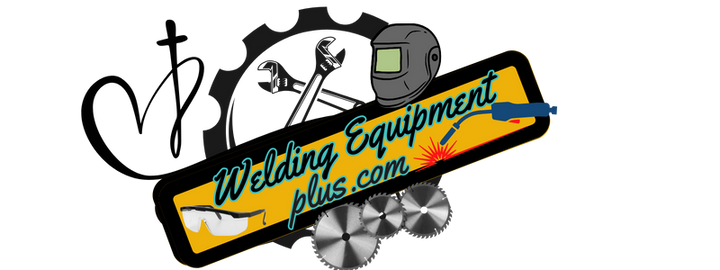Welding is a skilled trade that demands precision, patience, and a keen eye for detail. While seasoned welders make the craft seem like an art form, it's important to acknowledge that everyone, even the most experienced welders, can make mistakes. Understanding these common missteps and knowing how to avoid them is crucial for producing high-quality welds. Let's delve into some of the most prevalent welding mistakes and the strategies to steer clear of them.
- Incomplete Joint Preparation:
One of the cardinal sins in welding is inadequate joint preparation. Skipping steps like cleaning, beveling, or ensuring proper fit-up can compromise the integrity of the weld. To avoid this, invest time in meticulous joint preparation. Clean surfaces thoroughly, bevel edges as needed, and ensure that the pieces fit snugly before welding.
- Poor Welder Technique:
Improper welding techniques, such as incorrect travel speed, inconsistent arc length, or improper electrode angle, can result in weak, uneven welds. Regular practice and adherence to proper welding procedures are key. Maintain a steady travel speed, consistently control the arc length, and pay attention to the electrode angle specified for the welding process being used.
- Ignoring Safety Precautions:
Safety should always be a welder's top priority. Neglecting safety precautions, such as not using proper protective gear, inadequate ventilation, or working in confined spaces without proper measures, can lead to serious consequences. Invest in high-quality safety equipment, ensure proper ventilation, and always follow safety guidelines and procedures.
- Incorrect Electrode Selection:
Using the wrong electrode for the job can result in weak welds and increased chances of defects. Different welding processes and materials require specific electrodes. Take the time to understand the requirements of the welding task at hand and choose the appropriate electrode accordingly.
- Lack of Preheating for Thick Materials:
For thicker materials, especially in welding processes like stick welding or submerged arc welding, preheating is crucial to prevent cracking. Failure to preheat can lead to the formation of undesirable weld defects. Consult welding procedure specifications (WPS) to determine if preheating is necessary and follow the recommended guidelines.
- Neglecting Welder Maintenance:
Welding equipment requires regular maintenance. Ignoring this aspect can result in unreliable performance and subpar welds. Keep your equipment clean, inspect it regularly, and address any issues promptly. This proactive approach not only ensures the longevity of your equipment but also contributes to the consistency of your welds.
- Inadequate Post-Weld Inspection:
Completing a weld is not the end of the process. Neglecting post-weld inspection can lead to the oversight of defects. Take the time to inspect your welds thoroughly. This includes visual inspection, as well as non-destructive testing methods if required. Identifying and addressing issues early on can prevent costly rework or, worse, structural failures.
Conclusion:
Welding is a craft that demands a combination of skill, knowledge, and attention to detail. By recognizing and actively avoiding common welding mistakes, welders can elevate the quality of their work and contribute to safer, more reliable structures. Continuous learning, adherence to proper procedures, and a commitment to safety are the pillars upon which successful welding practices are built. As the saying goes, "Measure twice, cut once"—in welding, it might be "Inspect twice, weld once."
We are thanking You for reading our Blog post.
Welding Equipment Plus


